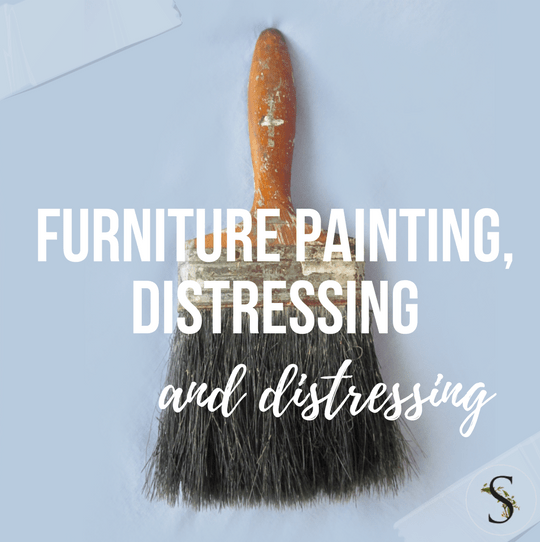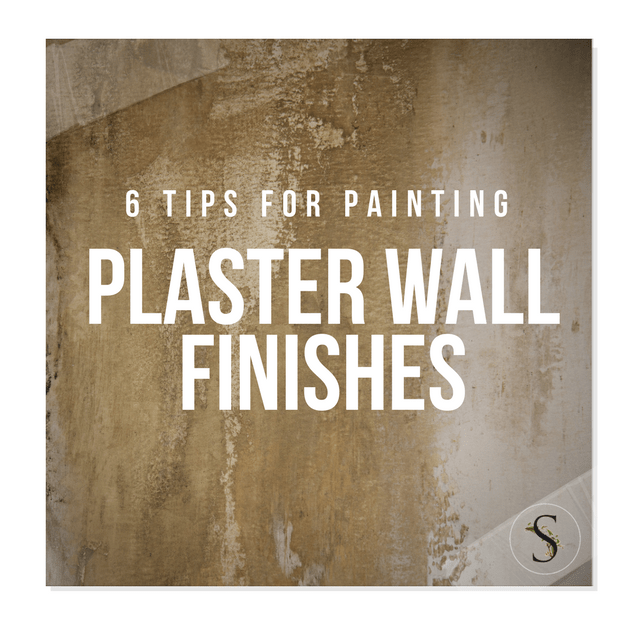Painted French Chair Baroque Chair Raymond Goins The next time you get ready to paint a french accent chair, consider painting the frame a color and keeping the upholstery neutral. This chair is one of the nicest painted french chairs I have ever come across. I cannot say if it is the lighting, but it […]

